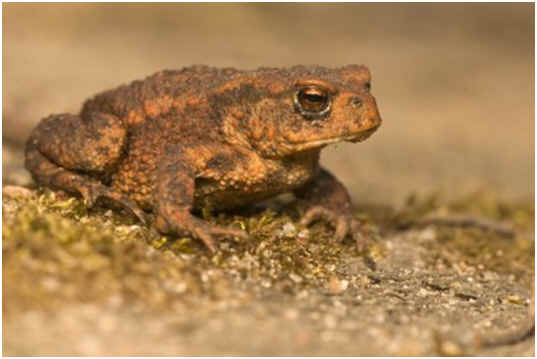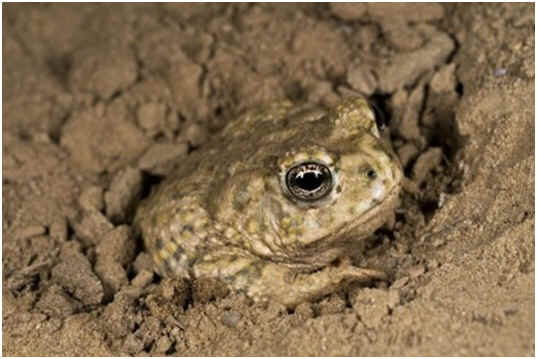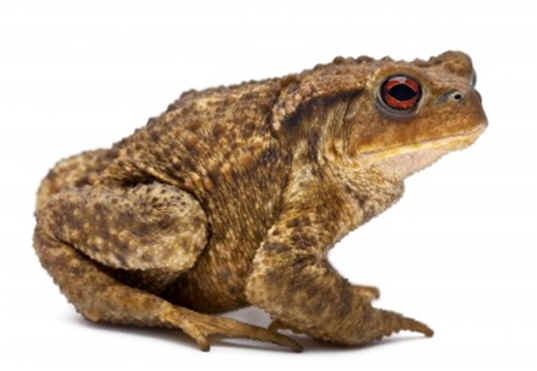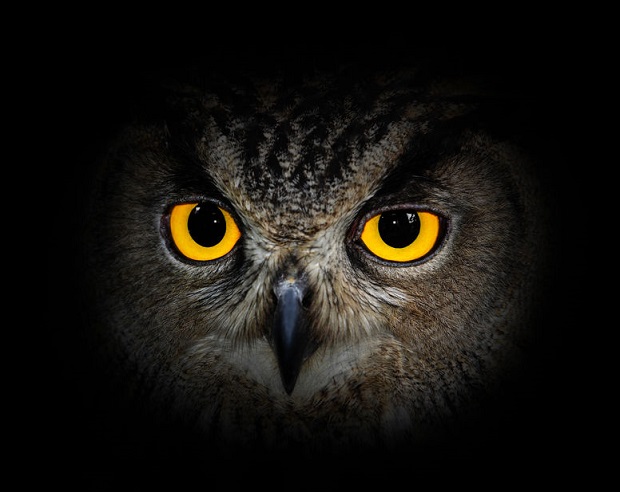
Are Owls Nocturnal?
Most owls are nocturnal, but not all. For example, the snowy owl of the arctic has no choice but to hunt in the daylight during the six months of the year that the region is light, twenty-four hours.
Are ALL Owls Nocturnal?
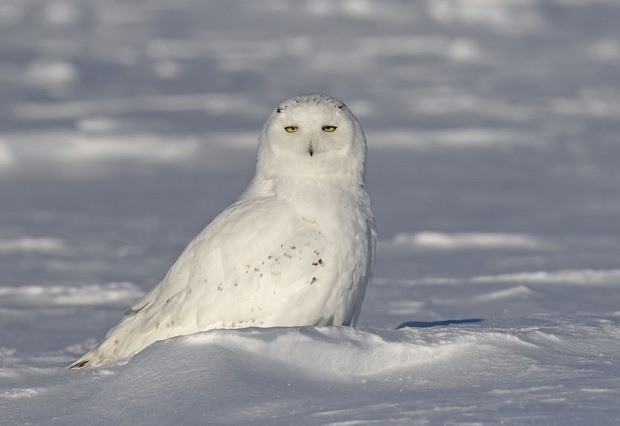
Though most owls are nocturnal, not all are. For example, the snowy owl of the arctic has no choice but to hunt in the daylight during the six months of the year that the region is light, twenty-four hours. The Burrowing Owl and the Short-eared Owl are additional examples of owls that are active during the day. Additionally, several species of owls are crepuscular, which means that they are active during dusk and dawn, such as the Pygmy Owl. [Roots]
Nocturnal animals usually have highly developed senses such as hearing and smell and adaptive eyesight. The owl can see in the dark, but it actually depends primarily on its sense of hearing to find its prey.
Can an Owl See in the Dark?
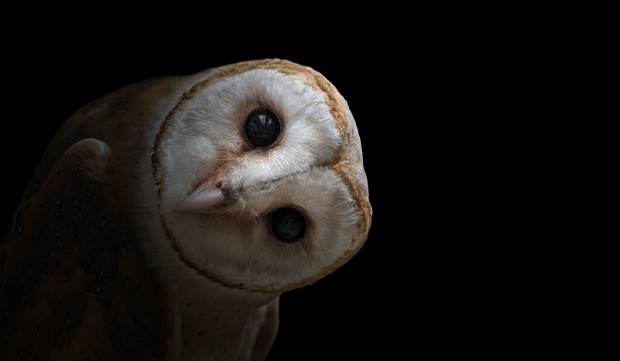
Did you know that an owl can see 100 times better in the dark than we can? That’s because the eyes of the owl are specially designed for night vision. Like most nocturnal animals, the owl’s eyes are equipped with tapetum lucidum, a layer of tissue directly behind the retina that reflects light back into the eye after it has passed through. This allows more light to enter the eye and gives the animal a better chance to see in the dark. [UW] [Lynch]
The pupils of the owl’s eyes are able to dilate up to 2.7 times more than humans, which allows more light to enter the eye, which is helpful in dimly lit situations. They can also dilate independently of one another. Because striated muscles control them, they also adapt more quickly to changing light situations. [Lynch] [Berger]
The next major adaptation is the number of rods and cones present in the owl’s eye. Humans can see well in the daylight because we have many cones. In contrast, owls have three to four times more rods than cones, which pick up details in dim light. They also have a larger retinal surface to accommodate many more rods and cones. [Lynch]
Did you know that what looks like ears on top of the owl’s head are actually nothing more but a bunch of feathers? The owl’s real ears are hidden behind the facial disk on the side of its head.
How Does an Owl Hunt in the Dark?
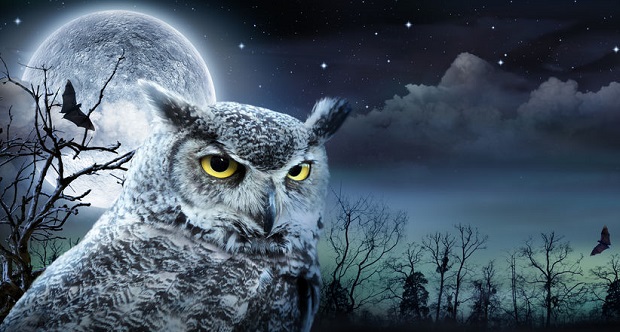
Though an owl has the ability to see in the dark, it primarily uses its keen sense of hearing, which is ten times better than ours, to hone in on its prey. In fact, experiments with trained barn owls have revealed that they have the ability to capture prey in complete darkness. [UW ] [Konishi]
The ears of the owl, called apertures, are located on the sides of the owl’s head. In most owls, they are asymmetrical and are of different sizes, which gives them three-dimensional hearing. A great grey owl can hear the squeak of a mouse half a mile away. [Sattler]
The owl’s hearing is enhanced by its facial disk, the concave ruff of feathers on its face, which works as a reflector to funnel sound waves into the ears. In fact, the facial disk is such an integral part of the owl’s ability to hear acutely that experiments have demonstrated that an owl that has had some of the feathers of the facial disk removed cannot hunt as effectively. Interestingly, owls that are primarily nocturnal have larger and more concave facial disks than those that hunt during the day, which in turn tend to have better eyesight. [Berger]
Resources
- University of Wisconsin-Steven’s Point – “CWES Nature Navigator”
- Lynch, Wayne. Owls of the United States and Canada: a complete guide to their biology and behavior Baltimore: Johns Hopkins University Press, 2007. Print.
